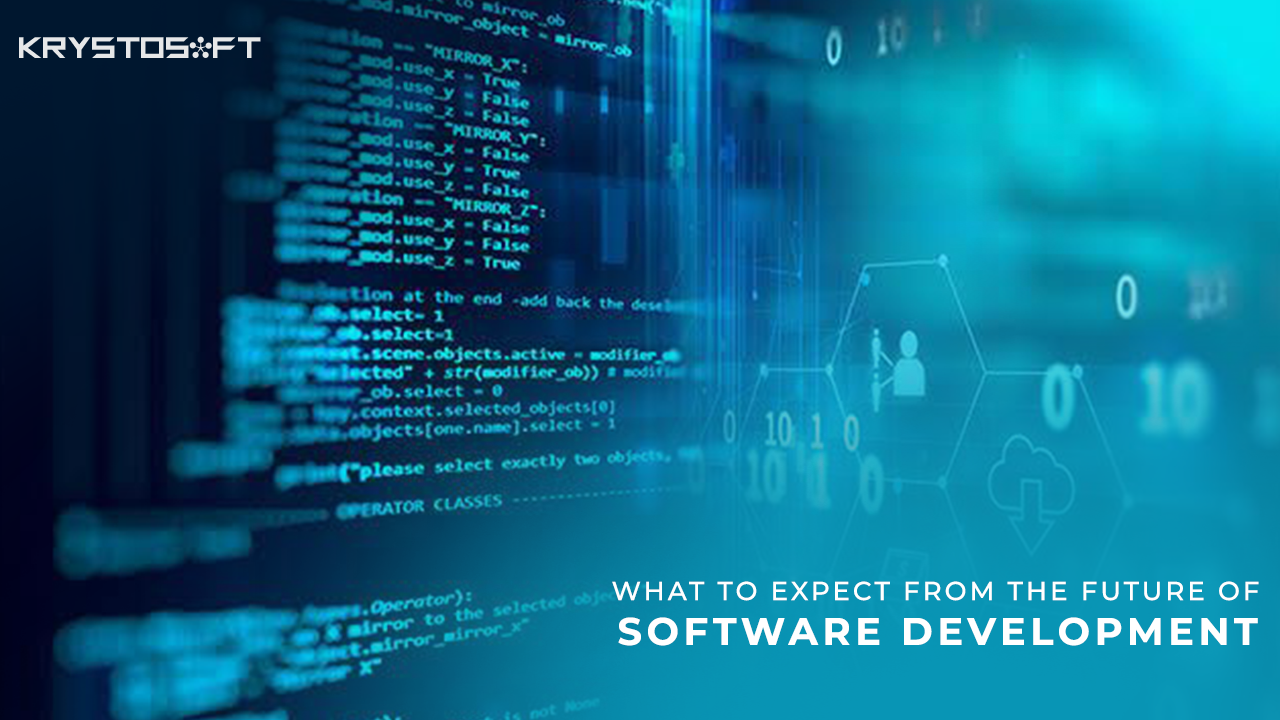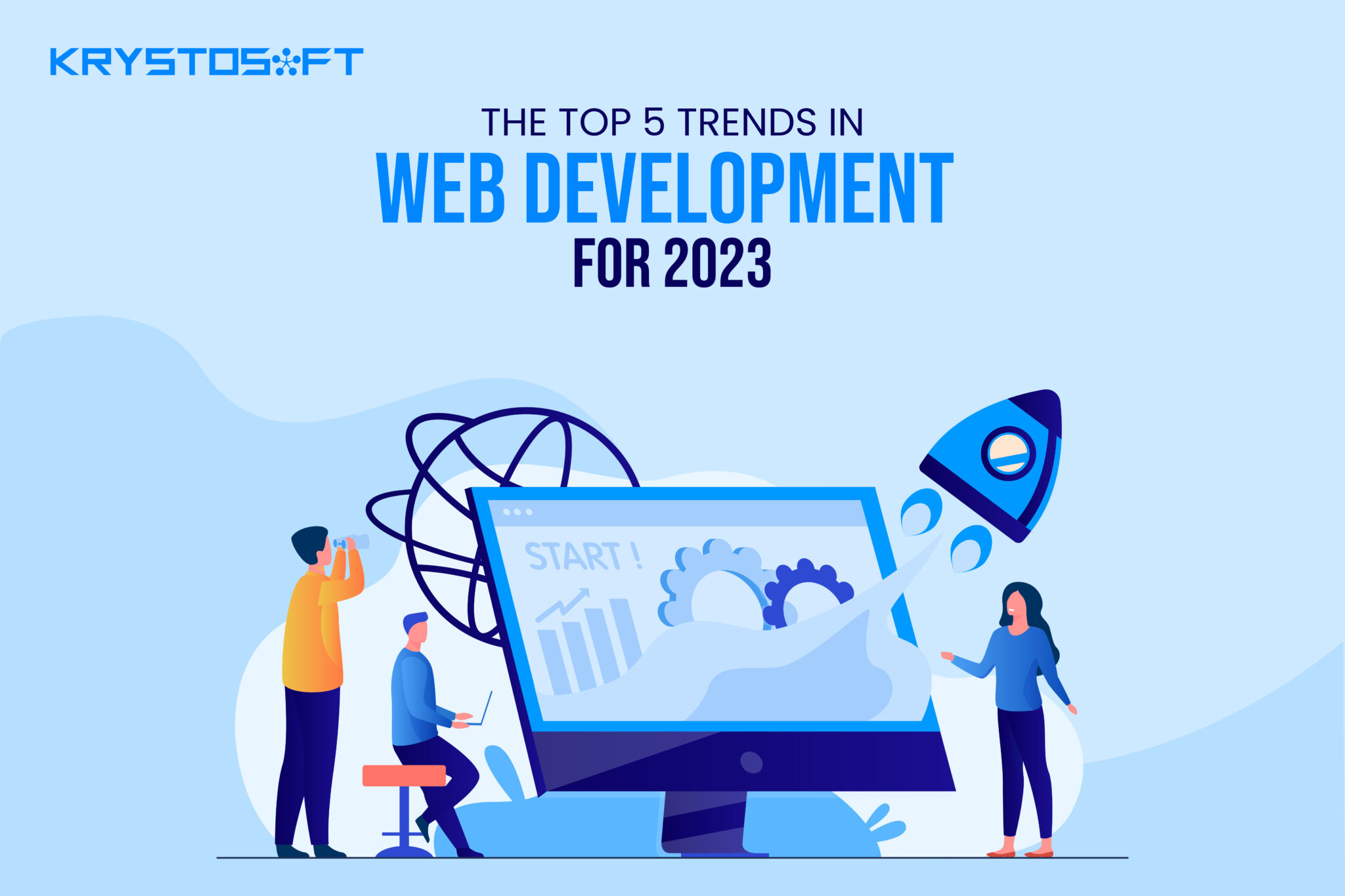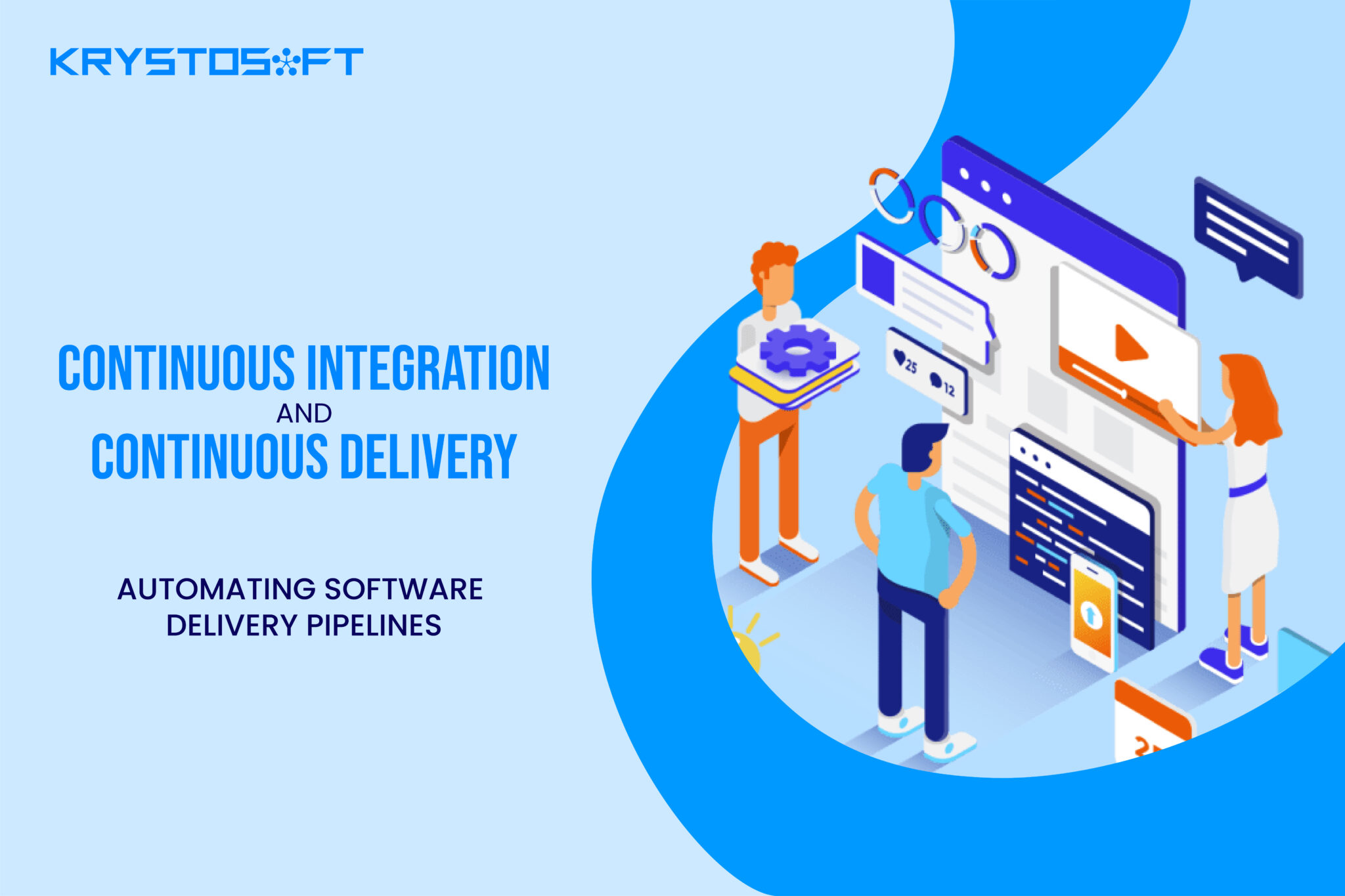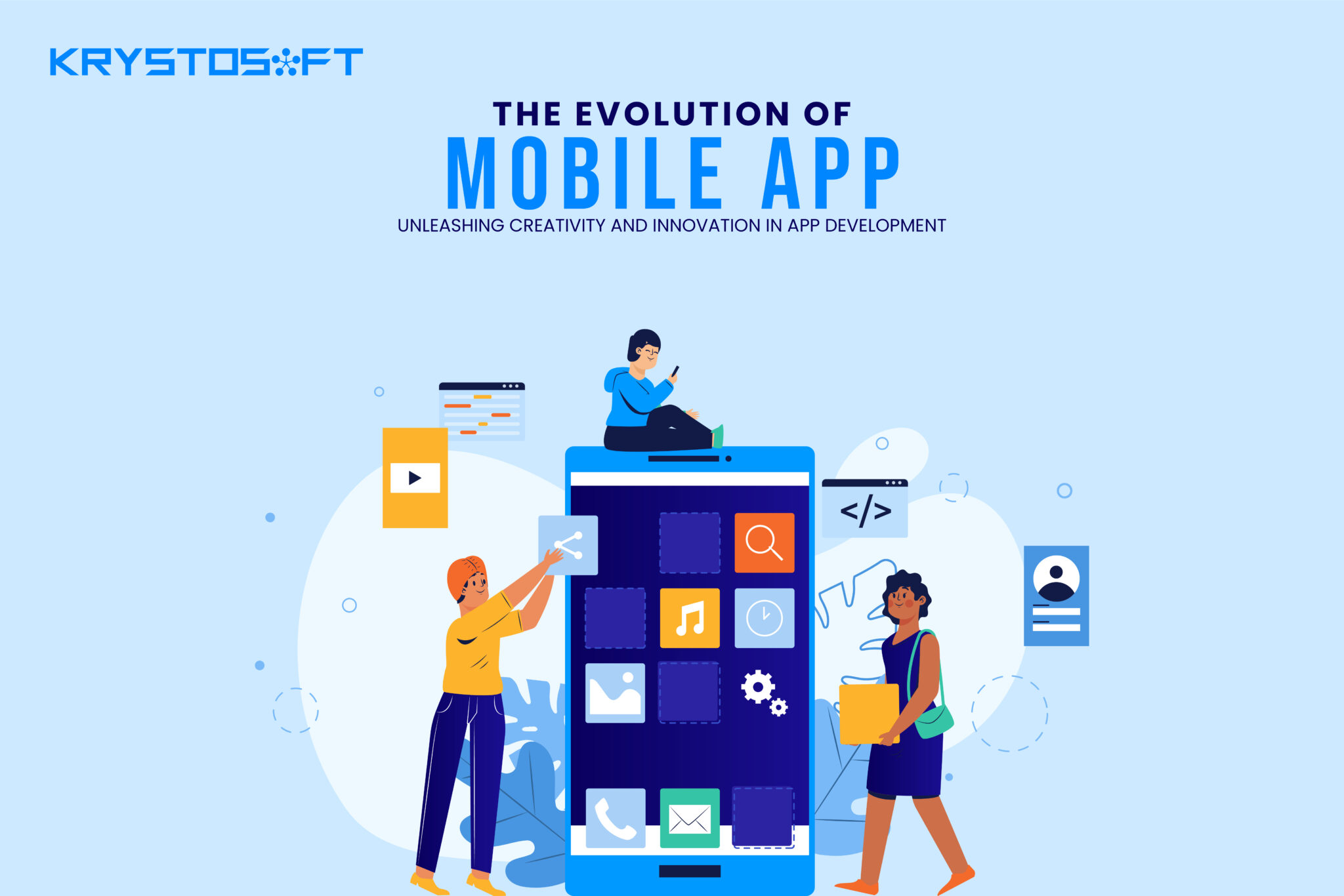We live in a world where technological advancements occur faster than the speed of light. Software development stands at the helm of this fast paced technological revolution.
As of the present, we have transcended through the era of mainframe computers and typewriters into the world of silicon chips, laptops and wi-fi based printers. Moreover, technologies such as cloud computing have eased the transfer of data between different stakeholders.
But fast forward to 2024, it remains to be seen how this year transpires when it comes to software development. We can already see that the software development market is expected to reach $1039 million by 2027, which indicates that there is a continuous increase in the demand for software, which also indicates job growth in the software engineering industry.
So stay tuned as we dive into what the future holds for software development and what new practices developers need to be aware of to design efficient software.
First, let’s talk about the emerging technologies that play a role in the future of software development.
How Emerging Technologies Influence Software Development in 2024
Emerging technologies like the Web 3.0 and the internet of things are a game changer when it comes to developing software. Let’s discuss how.
1. Web 3.0
The changing dynamics and the move towards web 3.0 indicates various changing trends. For example, web 3.0 will introduce tokenization, which means that user can make payments easily through Crypto and Blockchain currencies.
Moreover, Web 3.0 also facilitates the use of decentralized storage and computing to provide users with more access to their data. Decentralized storage solutions involve the use of solutions like IPFS(Interplanetary file system) and decentralized computing networks like Golem or Filecoin. Thus, developers need to get a hold of these technologies to design better apps for users
2. IoT- Internet of things
The IoT has greatly revolutionized our lives by introducing devices that are smarter, more agile, and are able to leverage insights and data to infer, and aid users in decision making. But it’s not only changed our lives, it has changed the dynamics of software development.
Now, apps aren’t only being developed for the smartphone, but also for smart TVs. Moreover, developers are ensuring to include a framework that encourages seamless cross-device integration, facilitating the buildup of an ecosystem. Moreover, because of the increasing demand of IoT devices, developers must also incorporate robust security measures to ensure that user data is not compromised.
3. Artificial intelligence and machine learning
As a result of AI and machine learning, developer’s jobs have become a whole lot easier. Now there’s no need for developers to spend a considerable of amount of time to understand user bheavior. AI’s predictive analysis predicts user behavior, providing developers with a roadmap for their future actions. As a result, the final design is a robust, agile, and user-friendly interface which guides thes user seamlessly throughout the journey.
AI’s natural language processing also facilitates the creation of multilingual chatbots to address customer queries and complaints which helps businesses to generate leads and retain customers.
But that’s not all. The incorporation of AI/ML algorithms into the applications also enables them to infer user tastes and preferences from interactions, allowing the app to send personalized recommendations and notifications to users, encouraging further call-to- action and engagement with the app.
AI driven software also improves software performance by automatically identifying lags, bugs, and glitches, providing the user with a seamless interface that creates user delights, leading to more app downloads and subscriptions.
Hence, we can see that emerging technologies are playing a major role in the world of software development and changing the dynamics of the software industry.
Next, we’ll look at the evolution in developmental technologies for software development.
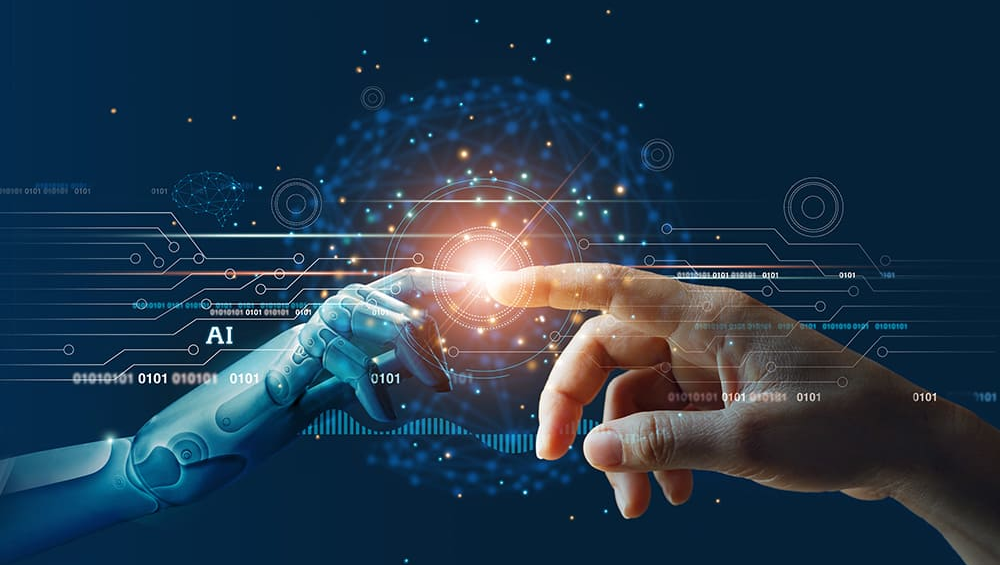
Evolution of Development Technologies for Software Development
With more research and development in the field of software development, we see a change in the methodologies being used to develop efficient software for users. Here are the changes that we can see in development technologies for software development
1. Shift towards agile development and Devops methodologies
In 2024 and beyond, we can see a shift toward more agile methodologies to develop software. As of the present, we can already see the use of project management tools like Jira and Asana to break down the deliverables of software into smaller chunks, and designing cross-functional teams to make sure that each deliverable is achieved accordingly. In 2024 ,we may say newer approaches that encourage a more agile approach and deliver better results.
2. Impact of low code/no code platforms
Another way we can see the evolution in developmental technologies is by the introduction of low-code/no-code platforms. The salient feature of these platforms is improved visual development, as these platforms don’t require code in order to design visuals. Instead, these only rely on drag and drop elements, making the design process easier.
Moreover, low-code platforms also eradicate most of the coding involved in software development. This abstraction is achieved with the help of pre-built templates, reusable components, and visual modelling. As a result, users don’t need to write too much complex code.
Thus, low-code platforms are a great development in the software engineering industry.
Next, we’ll explore the security concerns that developers will need to address in 2024 when developing software
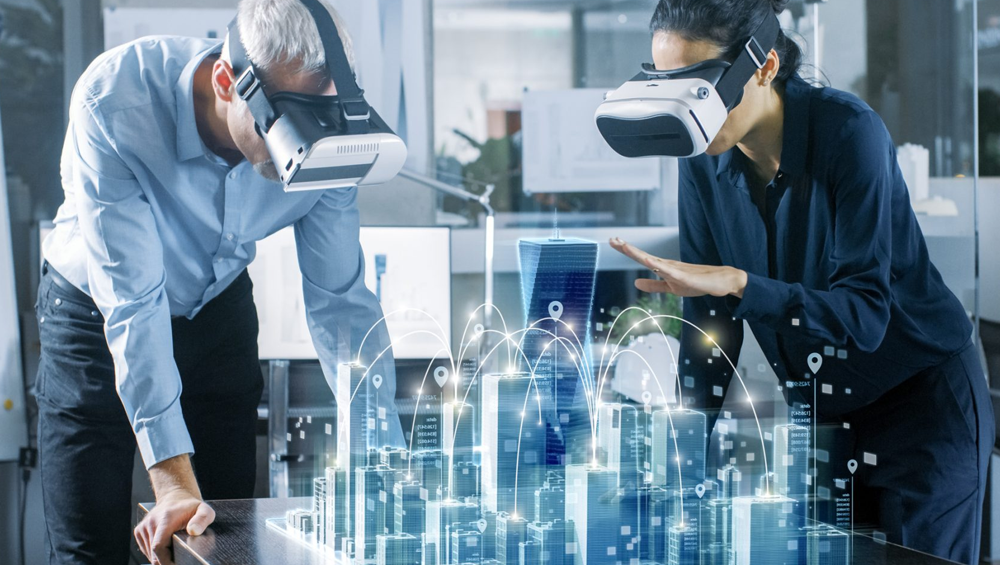
Security and Privacy Concerns in Software Development
With new trends and developments in software development, developers must also ensure to address the security concerns involved while developing software.
1. Protection against unauthorized access
Developers need to ensure that they place robust measures to prevent unathorized/ impersonation based access. Developers can put in two- factor authentication to ensure that whoever tries to access the app from a different device, the original user receives a verification code on the primary device. The user must input this code into the new device, which prevents unauthorizes access as people who have forged your credentials can still not access the app from an unauthorized device. So, we can see that the future of software engineering involves the need for two-factor authentication to improve security.
2. Conducting security awareness
Learning about security awareness is important for developers. Thus, companies must conduct regular sessions to ensure that developers are aware about various cyber threats, such as ransomware attacks, unauthorized access, data breaches, and social engineering. Using this knowledge, developers must incorporate robust measures into software to promote a secure user experience.
Thus, we can see that having knowledge about the various security measures in the world of software is important.
Now, time for the ending notes.
The Takeaways
Software development is a continuously changing field, requiring a more diverse approach to address the changing trends. In 2024, we can see various emerging trends in the form of increased importance of software engineering for IoT devices with a focus on more agile methodologies and security concerns. Moreover, we see advancements in development technologies such as the introduction of AI/ML to provide a multilingual experience, and decnetralized storage because of the introduction of Web 3.0. Thus, we can see various changes in the world of software development.

